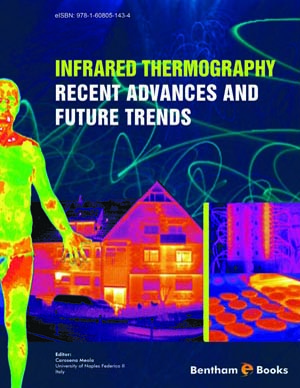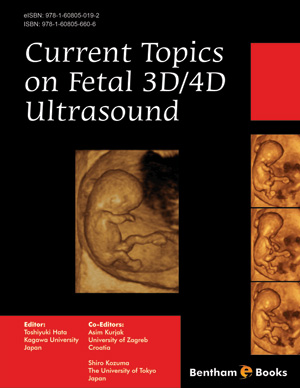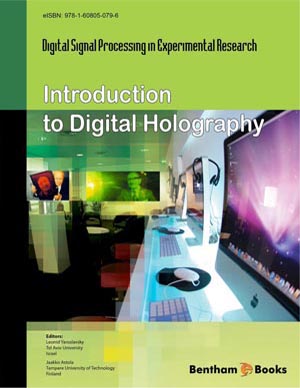Abstract
Section 3 of Part II was devoted to the employment of infrared thermography in industrial engineering. Two main topics were addressed, which are concerned with thermo-fluid-dynamics phenomena (chapters six and seven) and nondestructive evaluation of materials (chapter eight).
An overview on the applications in thermo-fluid-dynamics starting from the first attempts performed in the middle 60s with the AGA Thermovision 680 to the most recent measurements of convective heat transfer with the SC3000 (the camera models were described in Part I) was given in Chapter 6. A description of the heat flux sensors, mostly used with infrared thermography, was provided in section 2 of this chapter; the problem of image restoration was also addressed. In this chapter were also illustrated some examples of applications to fluid dynamics, ranging from natural convection to hypersonic regime, and involving transition, separation and reattachment phenomena, jets, flow instability, rotating devices, etc. which bear witness for the capability of infrared thermography to deal with complex fluid flows.
A particular application to the visualization of combustion phenomena was described in Chapter 7. A fast InfraRed PHOENIX Camera equipped with a detector working in the 1.5-μm wavelength, and of frame rate up to 38kHz was used, which is a particular sophisticated camera model for specific applications. It is worth noting that suppliers of infrared cameras are generally open to customer requirements. The authors of Chapter 7 focused on the usefulness of infrared thermography for characterization of temporal and spatial combustion fluctuations. They also highlighted the high sensitivity of the infrared camera, which allowed for individuation of high and low temperature/emissivity scatterers, namely hot gases (CO2) and small particles (coal, particulate).
Infrared thermography is also a powerful technique for non destructive testing of materials; this topic was addressed in Chapter 8. After a short historical overview, a description of the main techniques, pulse and lock-in, with a panorama of stimulation sources and types of detected defects was given; the most important relationships were also described. The description was accompanied by examples of applications in the aerospace field. Indeed, infrared thermography is particularly useful in the inspection of advanced composites which are ever widely employed in the fabrication of aerospace structures. As remarked in the conclusions to this chapter, as the technological progress in both excitation sources and infrared cameras go forward, the inspection of ever novel materials and structures becomes possible.
Infrared thermography, as non destructive evaluation technique, is mostly useful also in the architecture and civil engineering field. This topic is covered in the following last section 4.




















